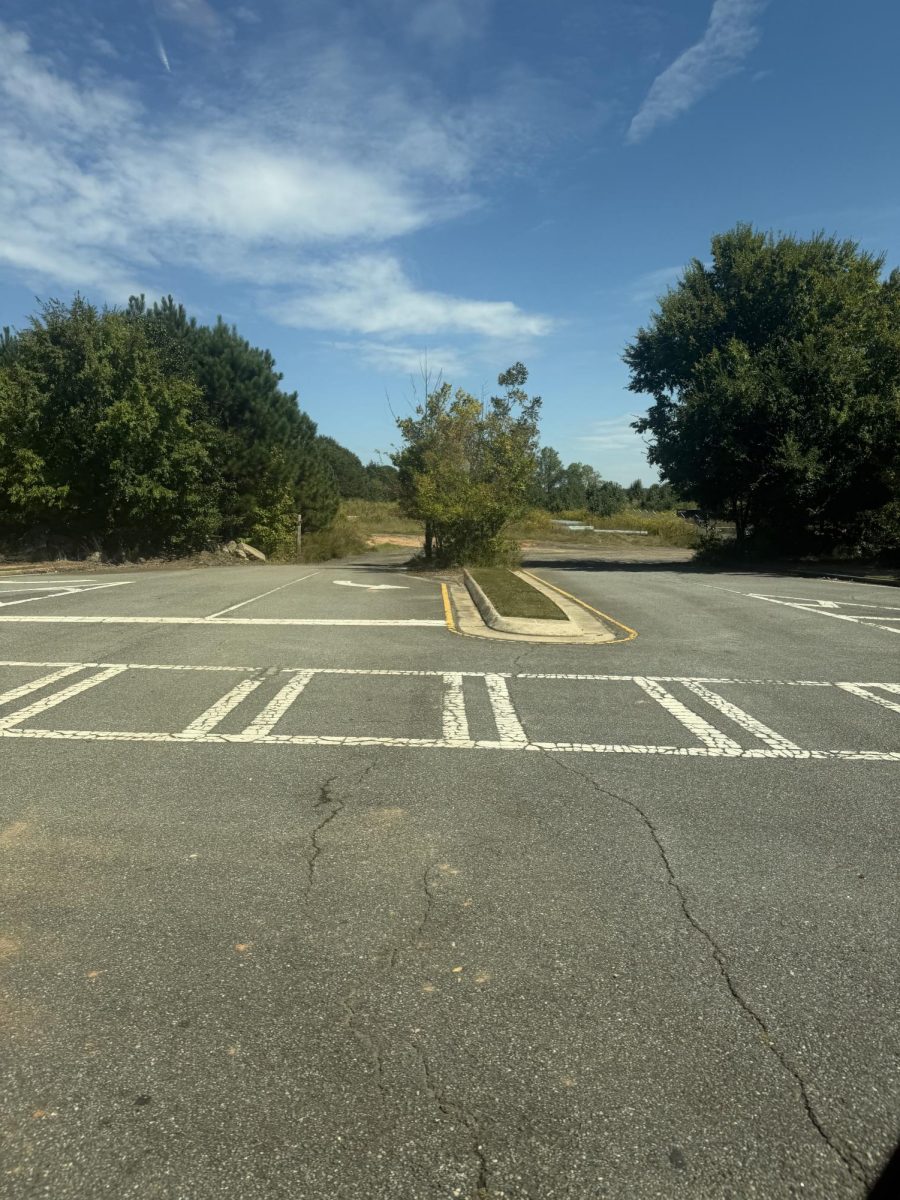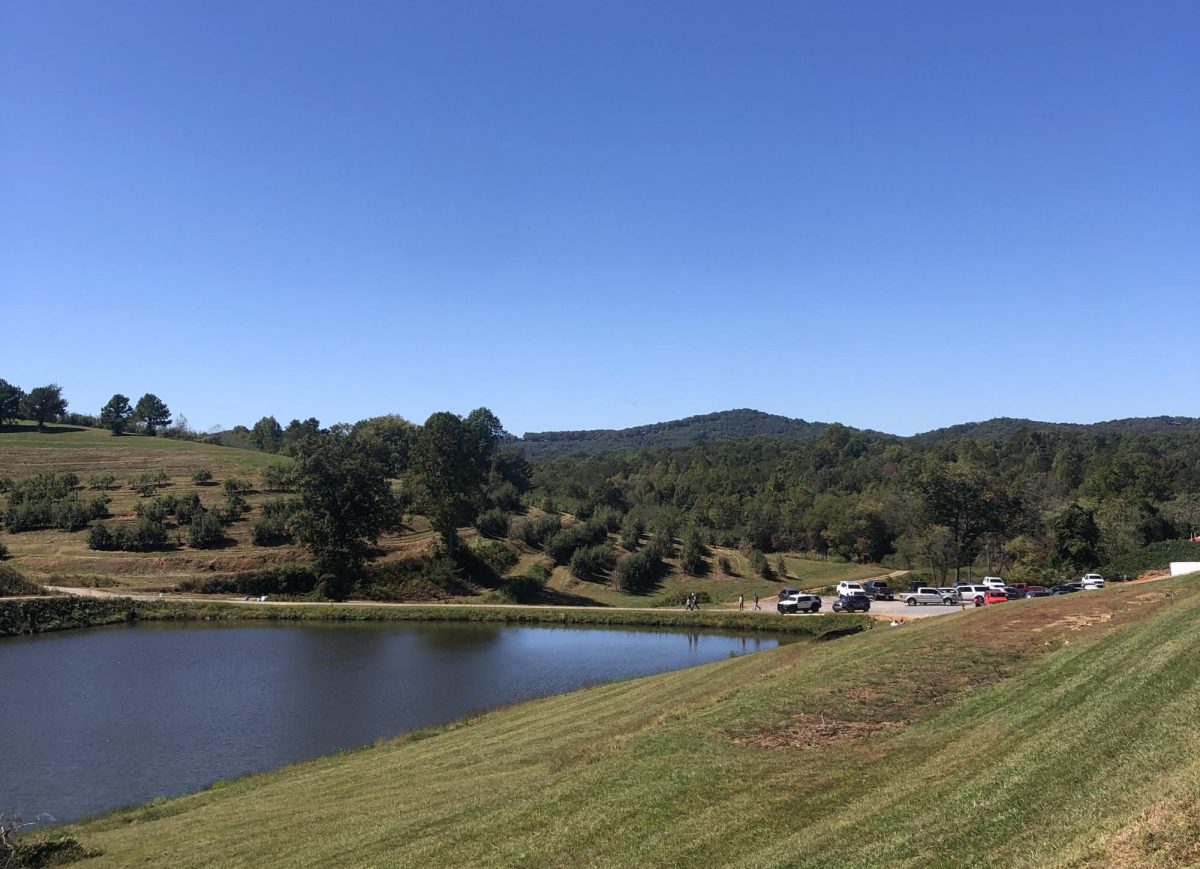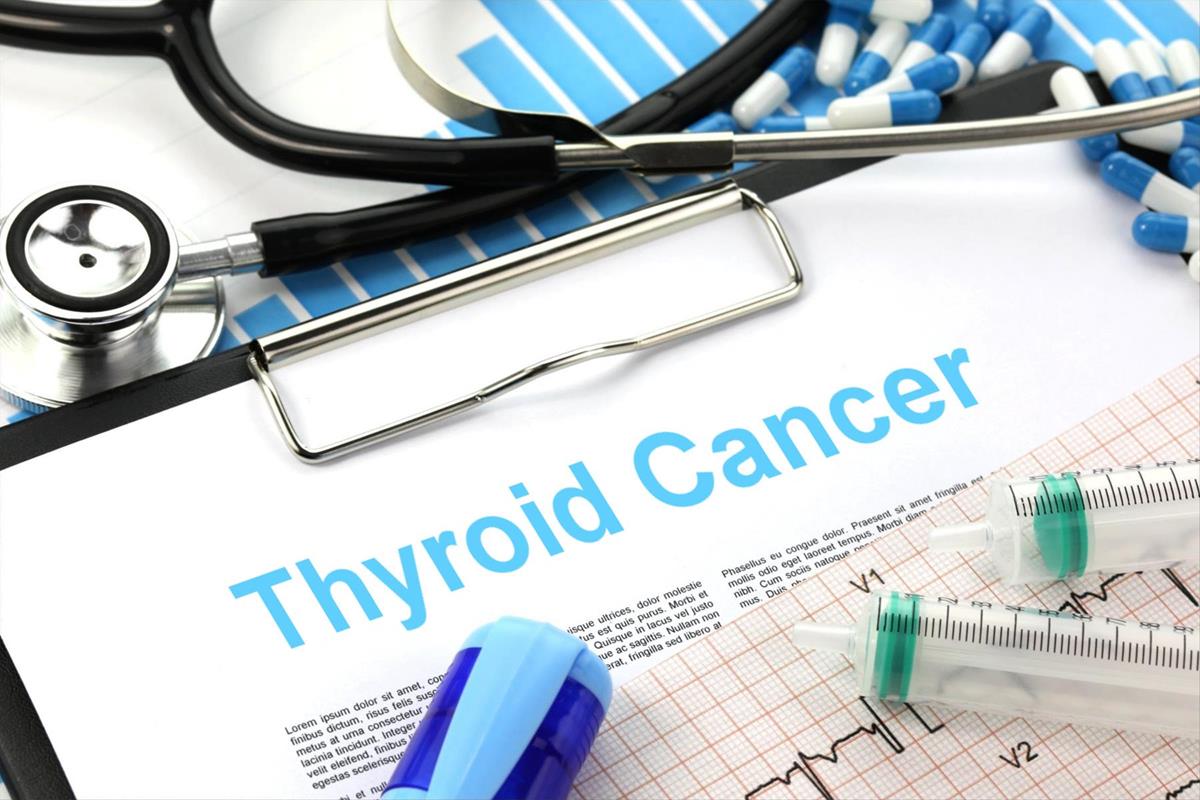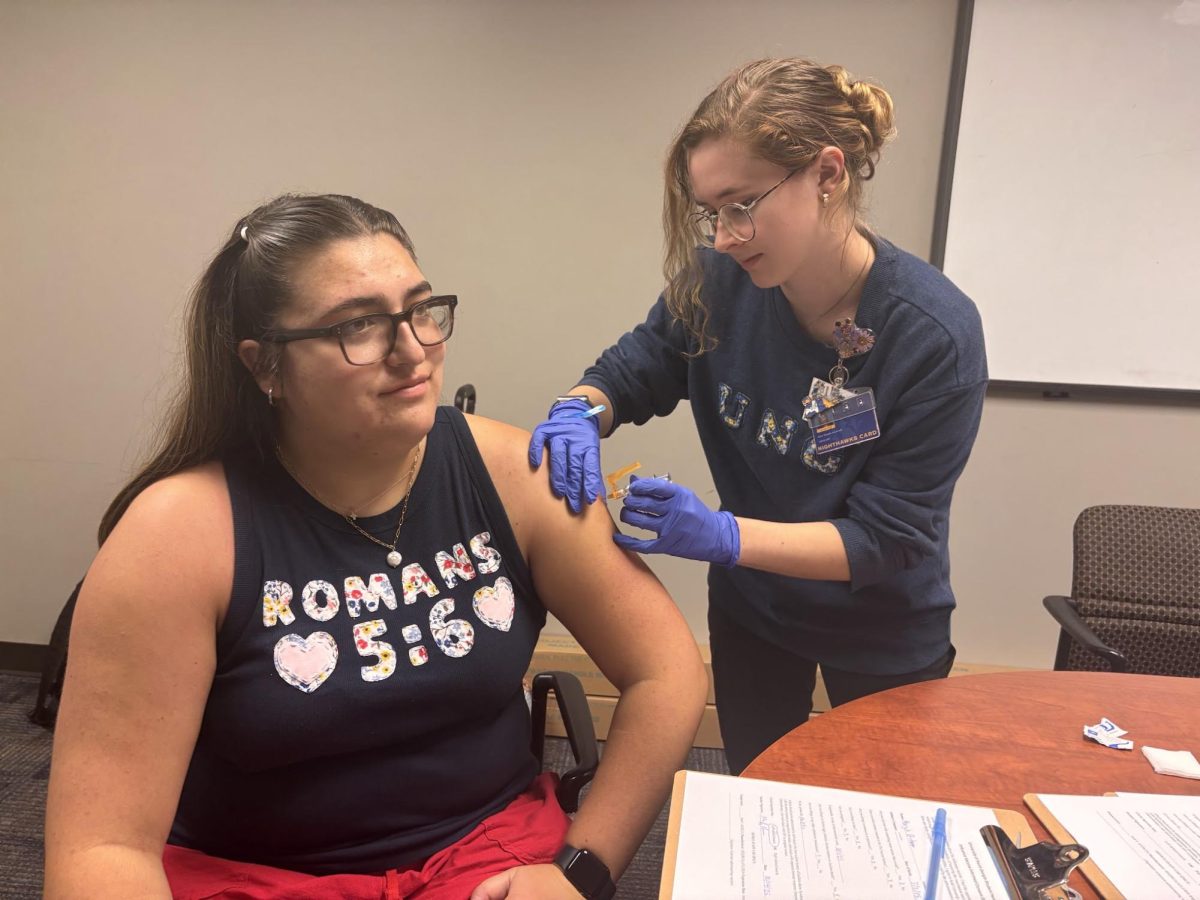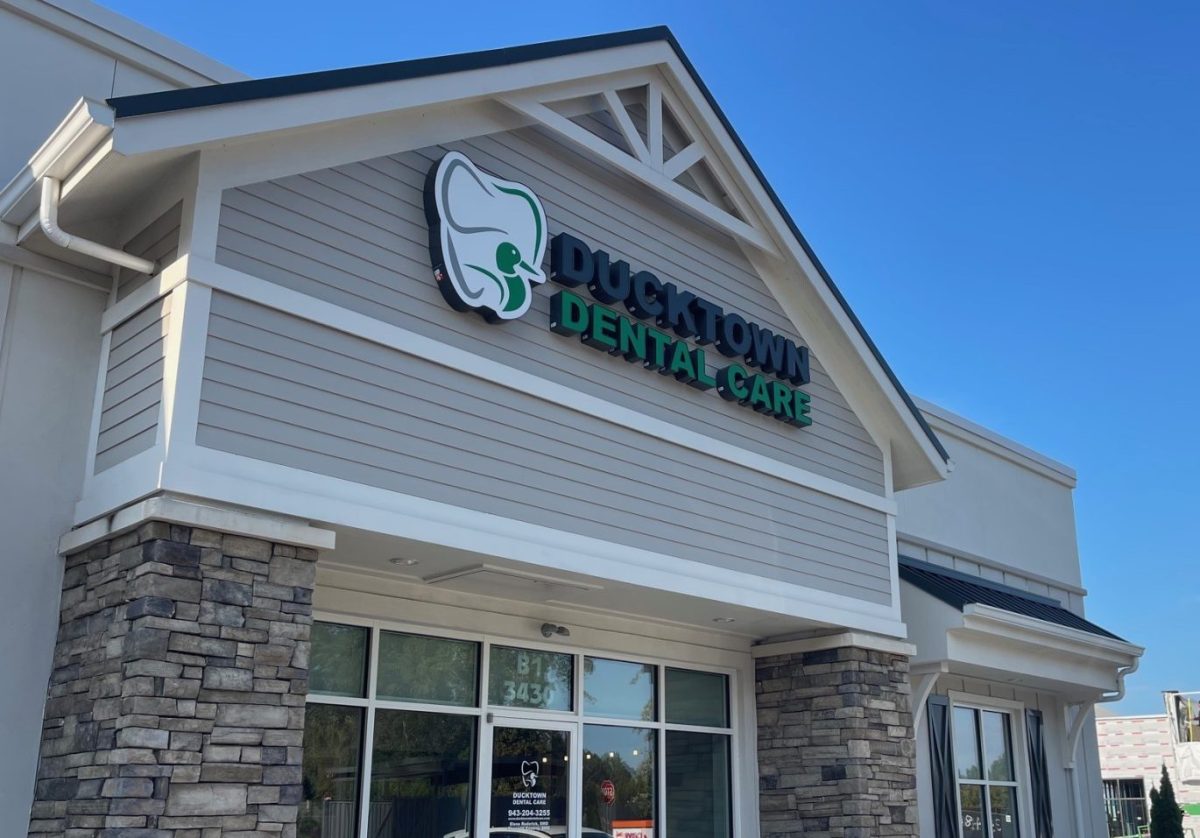The highest thyroid rates in Georgia have been located in Union, Lumpkin, Hall, White, Habersham and Rabun counties. These counties have doubled or more than doubled the national average over the past decade.
Thyroid cancer is mostly found in females but in this area has also been found in males. Within these counties men and women linked with thyroid cancer range between 13 – 80 years old.
According to the American Cancer Society, the typical age that people are diagnosed with thyroid cancer is 51. Even more alarming is that certain pets within this area have developed thyroid cancer according to several local veterinarians. Dentists have also seen unusual amounts of cancerous nodules found in dental scans.
The Georgia Department of Health first became alerted of this back in 2023 when a nurse reported unusually high amounts of thyroid cancer diagnosis from one of the six counties.
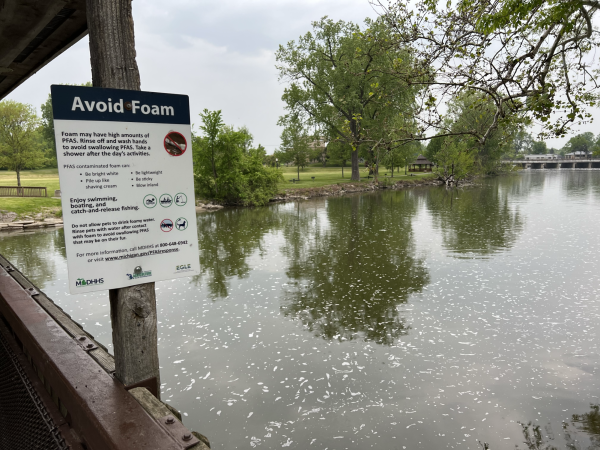
Lawmakers in Georgia have spoken to the Northeast Georgia Health system and the University of North Georgia to collaborate on where any potential funding for research may go.
Why are there so many cases with such high rates of thyroid cancer mostly in Northeast Georgia? One theory cites the amount of PFAS or polyfluoroalkyl substances, which are a group of chemicals that don’t break down easily in the environment and can persist for long periods of time.
These chemicals are most commonly found in food packaging, nonstick pans and black plastic kitchen tools that can contaminate water sources. PFAS has been linked to health problems including altered metabolism, reduced immune function and increased cancer risk.
Rabun County gets their water from Lake Rabun, Hall County receives their water from Lake Lanier, Union County receives its water from Lake Tilly and the Catawba River, White County finds its water from the Chattahoochee River and Lumpkin and Habersham get their water from groundwater wells.
So, these counties receiving water from multiple different sources it’s hard to pinpoint the PFAS theory being the leading cause of thyroid cancer.
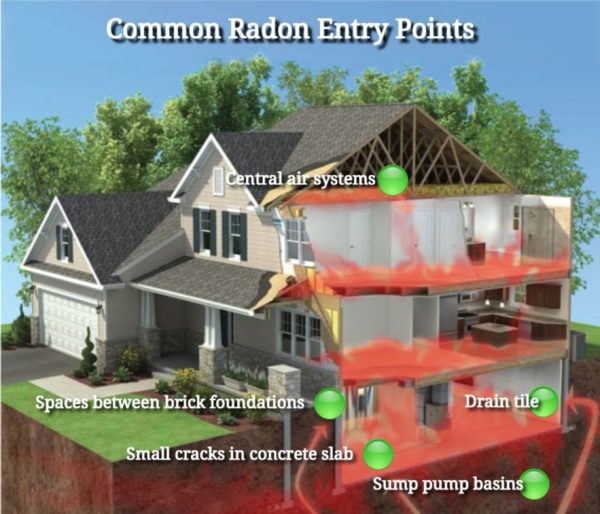
Another leading theory is radon, which is a naturally occurring radioactive gas that is colorless, odorless and formed from the decay of uranium in rocks and soil. This gas can seep into homes and buildings through cracks and other openings.
The uranium breakdown in Georgia’s granite-rich soils that releases the radon gas can also infiltrate well water.
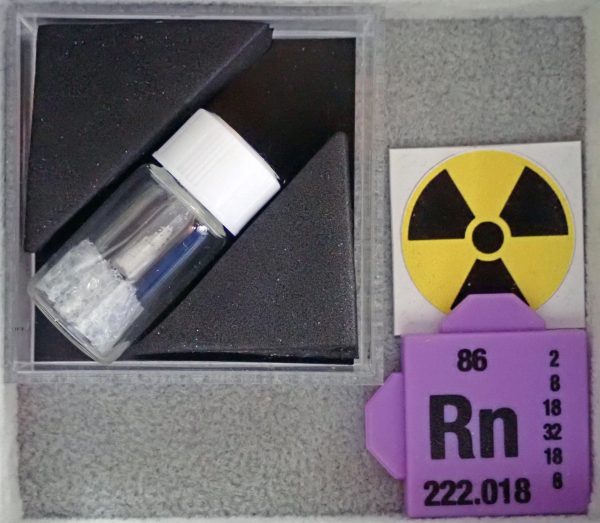
The Centers for Disease Control and the Environmental Protection Agency both put out statements late last year and early this year over the potential risk and dangers that radon possesses.
The EPA recommends testing for radon and taking steps to mitigate high levels of radon.
Georgia’s average radon level is 2.6 pCi/L. Union, Lumpkin, Hall, White, Habersham and Rabun counties have all tested to have 4.0 pCi/L which is EPA’s Action Level. The counties recommend residents test and repair their homes to mitigate the exposure of radon.





